
T Coronae Borealis (T CrB) is a binary system 3,000 light-years from Earth. It consists of a white dwarf orbiting an ancient red giant. Hydrogen from the red giant is being pulled down onto the surface of the white dwarf, accumulating toward a critical mass. Eventually, it will trigger a thermonuclear explosion.
The last time T CrB exploded was in 1946. About a year before that blast, the system suddenly dimmed--a pattern astronomers called the "pre-eruption dip." In 2023, T CrB dipped again, heralding a new eruption. If the 1946 pattern repeats itself, the nova should occur between now and September 2024.
"Typically, nova events are faint and far away," says Elizabeth Hays, chief of the Astroparticle Physics Laboratory at NASA Goddard. "This one will be really close, with a lot of eyes on it. We can’t wait to get the full picture of what's going on."
https://spaceweather.com/




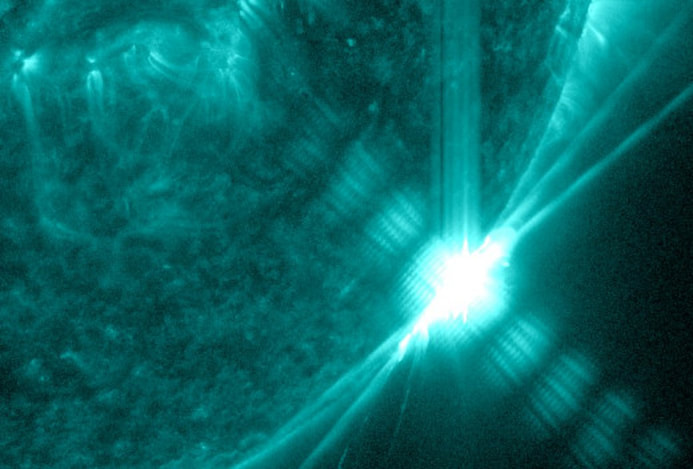
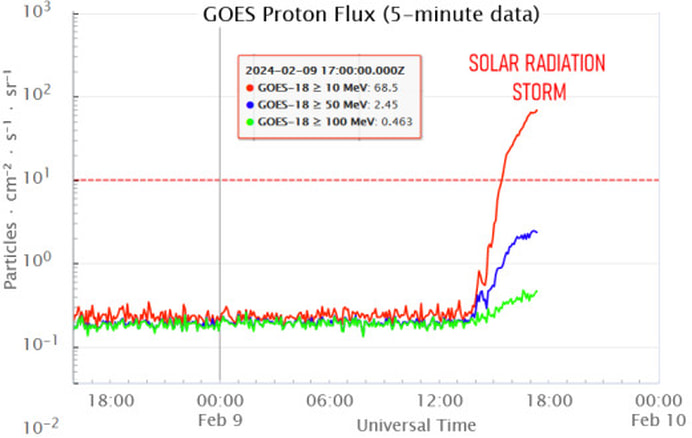
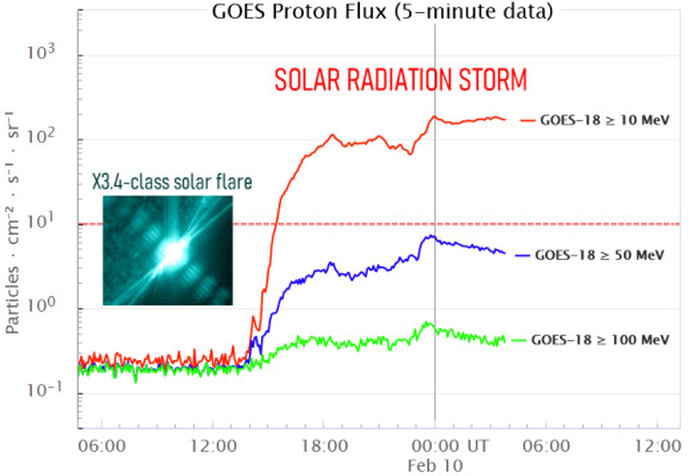

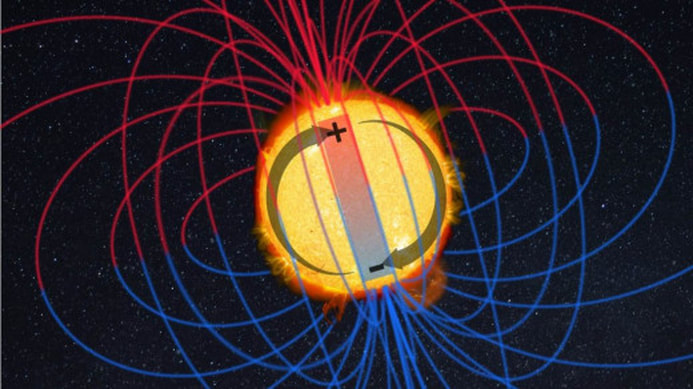

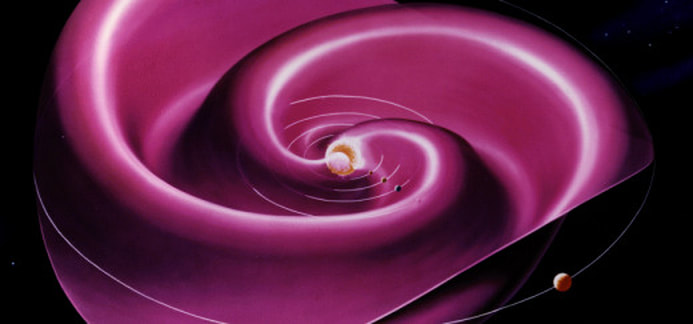
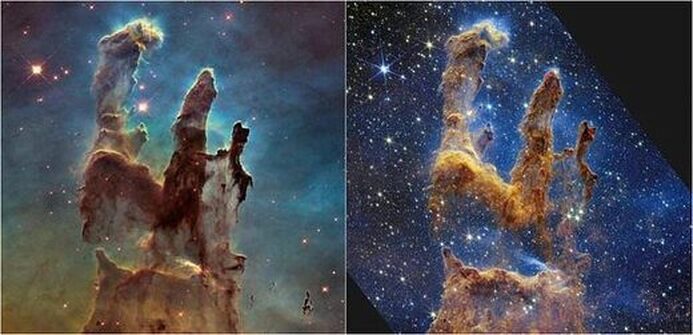
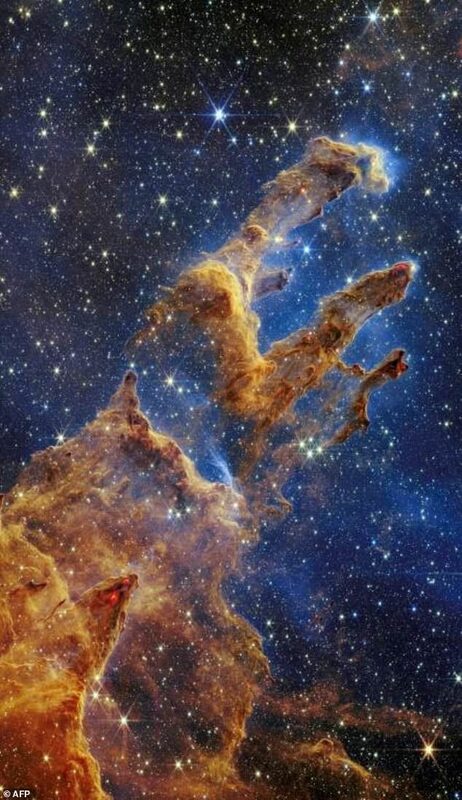
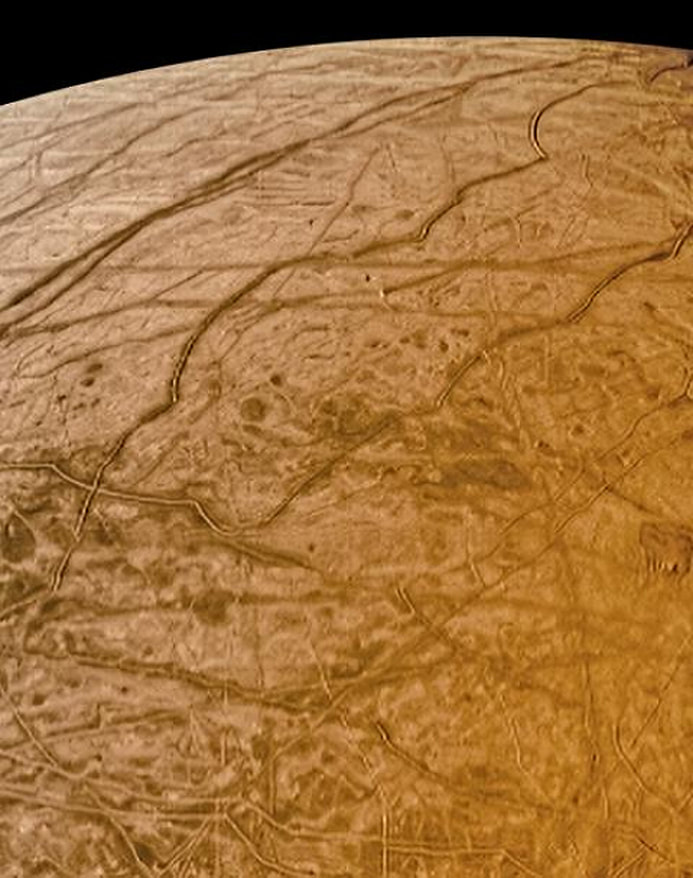
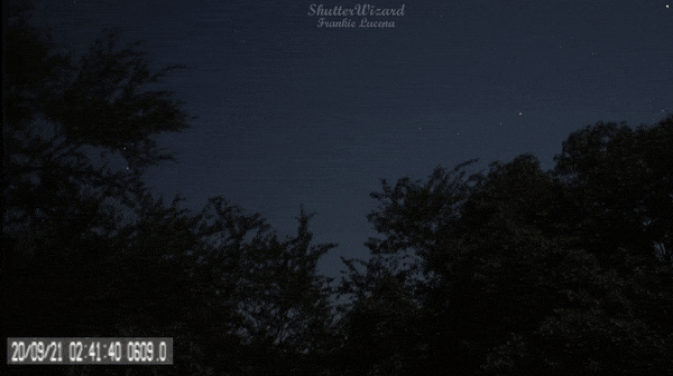
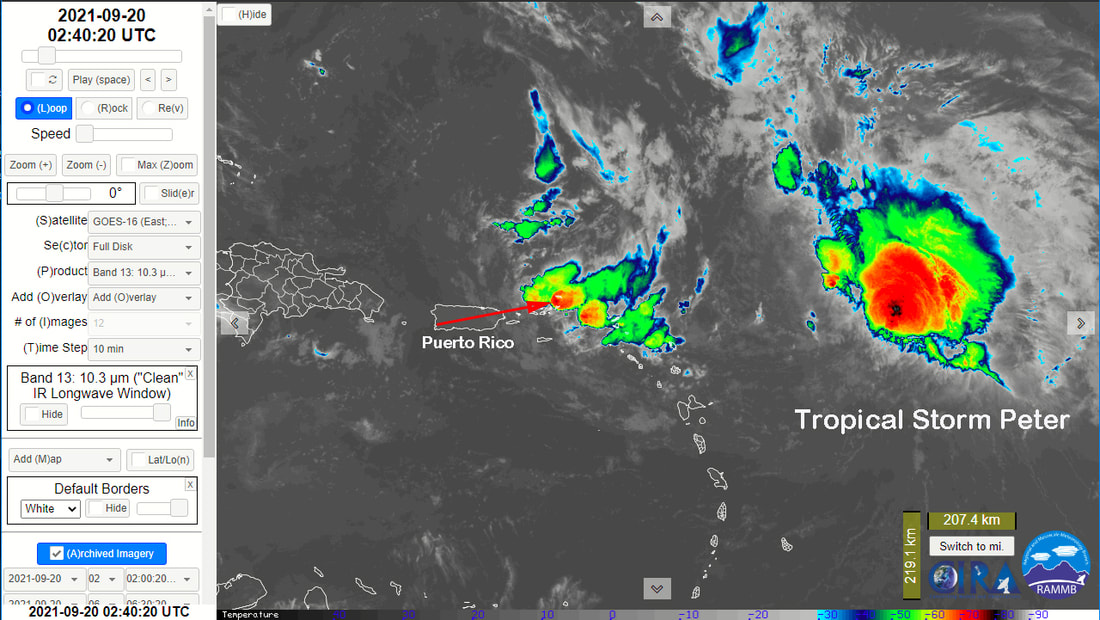
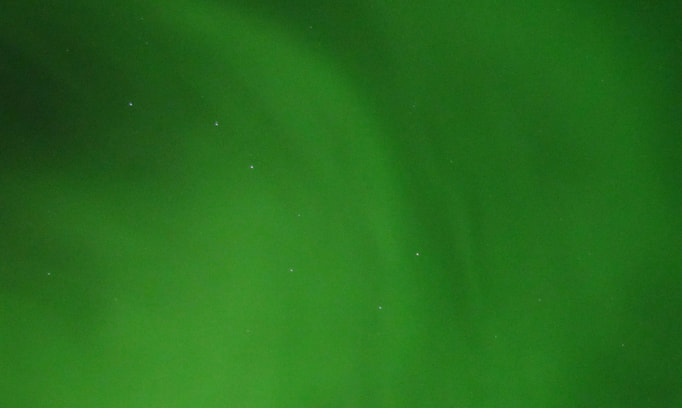
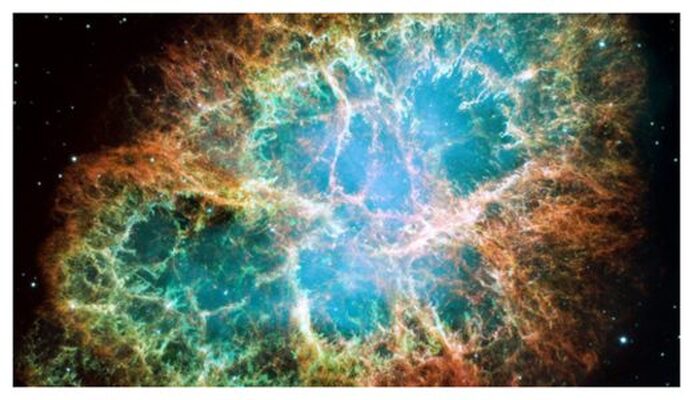
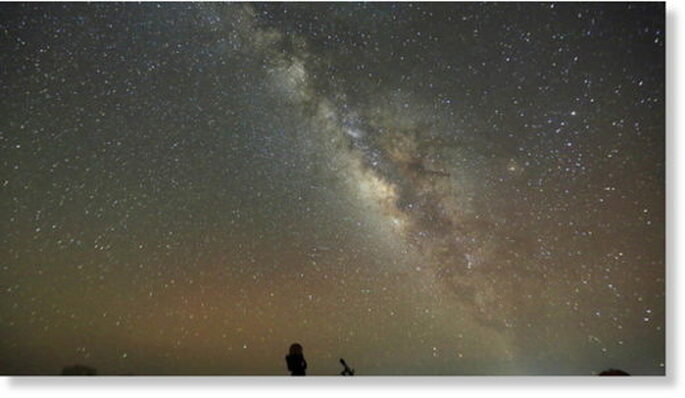
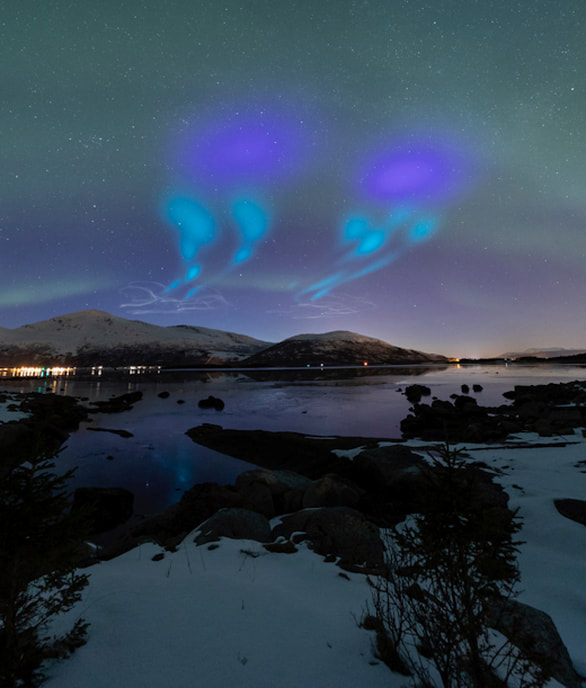
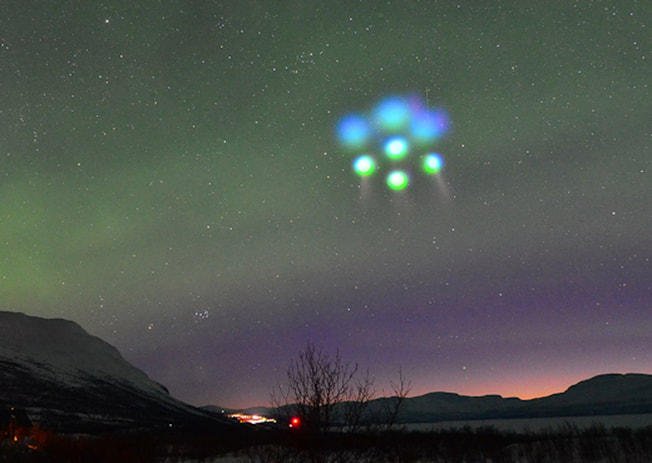
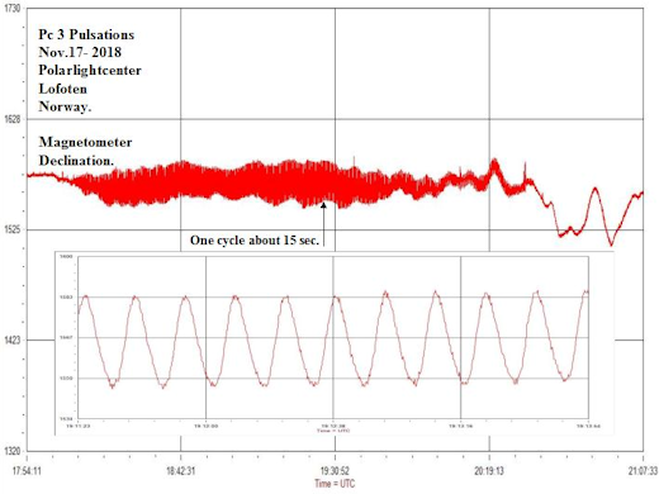
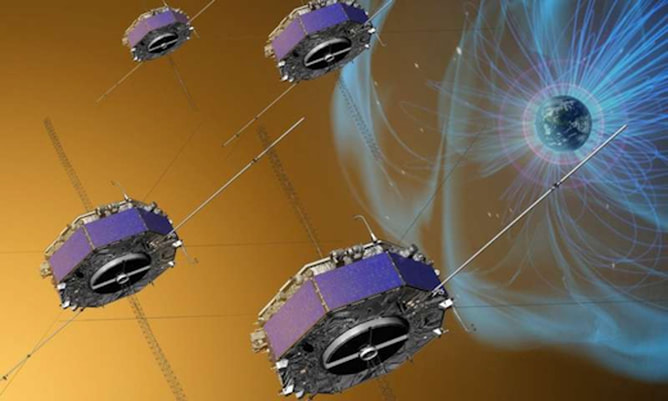
 RSS Feed
RSS Feed